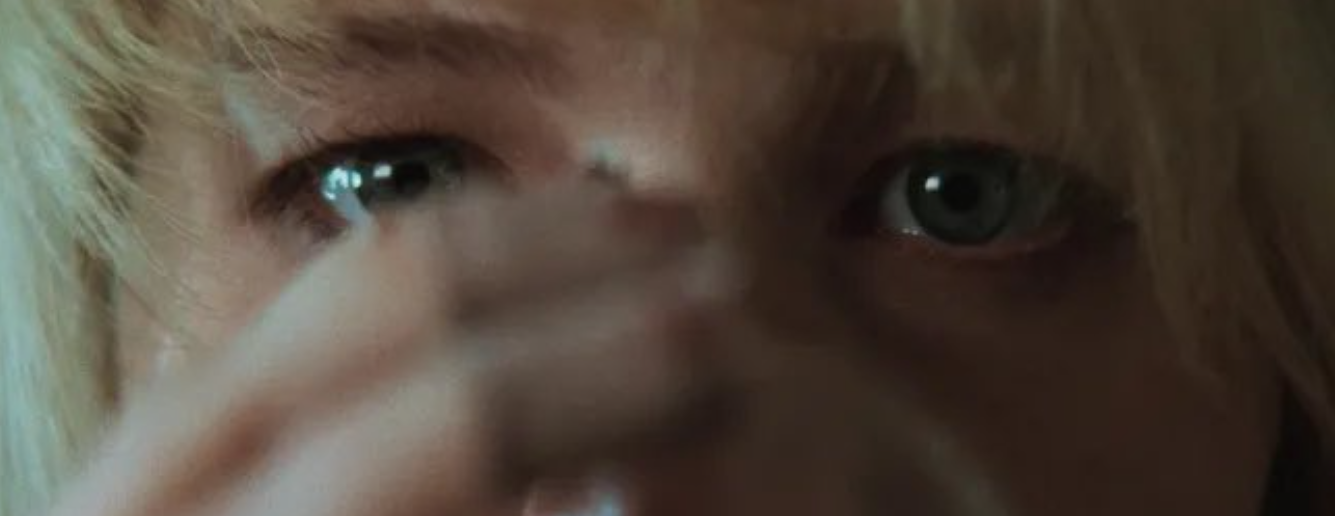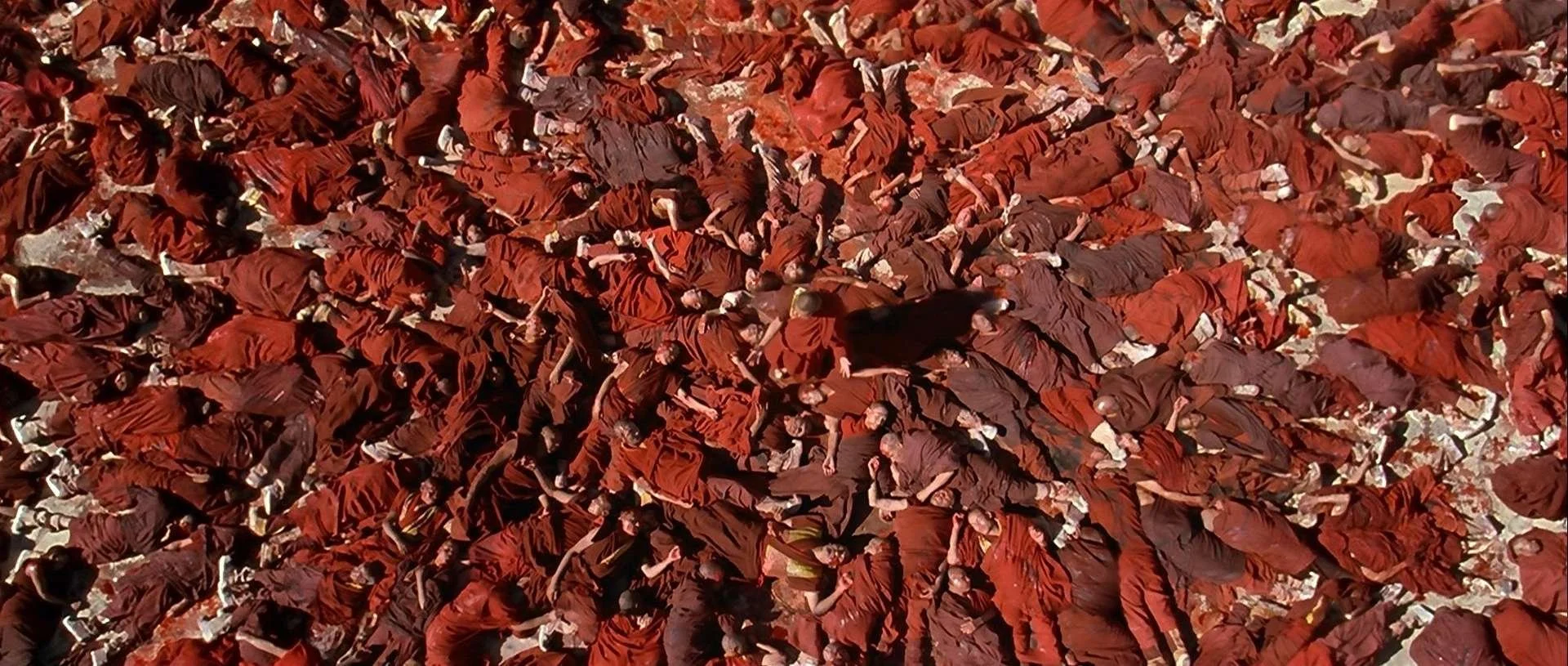I will say this about Martin Scorsese’s “Kundun,” I’ve seen it twice in my life, but it didn’t work both times for me, it wouldn’t even be in my top 20 of his best films.
Regardless, a small cultish fanbase has built up over the years, and cinematographer Roger Deakins, who shot the film, seems to believe it’s Scorsese’s best film:
“I believe Marty usually does storyboards but on ‘Kundun,’ he just annotated the script with his ideas, what the camera is going to do,” Deakins said. “He would draw a wide shot or a tracking shot with little stick figures. He gave us a copy of that and said, ‘This is the basis of what we’re working on for ‘Kundun.’’ Marty’s got a more defined vision of what he wants. But it was really done with his notations in the script, so in terms of setting the shot, I haven’t got a lot of flexibility. The kind of technical input you have on something like ‘1917’ compared with ‘Kundun,’ which is much more simply shot… We had long conversations about the style of it. It’s a total poem, which is why I love the film. I do think it’s [Scorsese’s] best film. I like the symmetry of it, the poetry of it.”
“Kundun” was released in 1997 to semi-positive reviews, no Oscar nominations and total bewilderment from his fans, who probably expected another crime movie as he was coming off 1995’s “Casino.”
This was a very personal story for Scorsese, a Buddhist, tackling the true story of Tibet's Dali Lama and his struggle to rule. It’s a lofty, meditative but very beautifully photographed film. Dull without much emotional investment.






